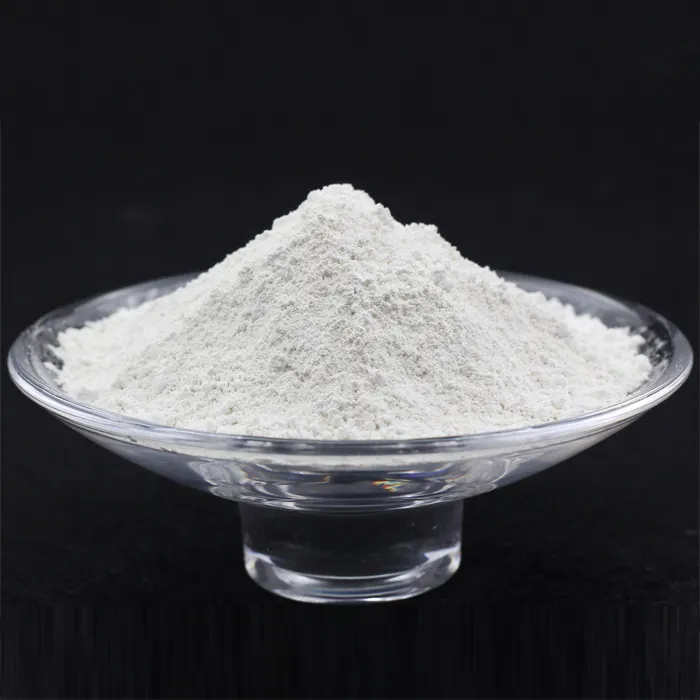The Role of Sodium Sulphocyanide in Various Applications
Sodium sulphocyanide, often referred to as sodium thiocyanate (NaSCN), is a versatile chemical compound with a wide range of applications in various industries. It is a white, crystalline substance that is highly soluble in water and possesses unique chemical properties that make it valuable in both industrial and laboratory settings.
One of the most significant applications of sodium sulphocyanide is in the field of chemical synthesis. It serves as a key reagent in organic chemistry, particularly in the synthesis of thiocyanates, which are vital intermediates in the production of various pharmaceuticals and agrochemicals. The ability of sodium sulphocyanide to donate a sulfide ion makes it an essential building block in the creation of more complex molecular structures.
Additionally, sodium sulphocyanide plays a critical role in the mining industry, specifically in the extraction of precious metals like gold and silver. In the cyanidation process, sodium sulphocyanide is used alongside cyanide to enhance the solubility and recovery of these metals from their ores. Its effectiveness in forming thiocyanate complexes allows for improved extraction rates, making it a valuable tool in mineral processing.
sodium sulphocyanide

Moreover, sodium sulphocyanide is also utilized in analytical chemistry
. It serves as a reagent in various assays and tests to determine the presence of certain metal cations. For instance, its ability to form colored complexes with transition metals makes it a useful tool in colorimetric analyses, helping chemists identify and quantify metals in different samples.In the agricultural sector, sodium sulphocyanide is used as a fumigant and pesticide. Its potent properties allow it to effectively control pests and pathogens that threaten crops, contributing to larger yields and healthier produce. However, it is essential for users to handle it with care, as it can be toxic if not used properly.
Despite its many benefits, safety is paramount when dealing with sodium sulphocyanide. The compound can release toxic fumes, particularly when exposed to acid, and can be harmful if ingested or inhaled. Therefore, strict safety precautions must be adhered to in environments where it is produced or used. Proper personal protective equipment (PPE), ventilation, and training are vital to ensure safe handling.
In conclusion, sodium sulphocyanide is a multifaceted chemical with significant importance across various fields, including chemical synthesis, mining, analytical chemistry, and agriculture. Its diverse applications not only enhance productivity in these industries but also underscore the importance of responsible and safe handling practices. As research continues and innovations arise, the role of sodium sulphocyanide in advancing technology and industry remains promising, highlighting its value as a critical component in both existing and emerging applications.

